
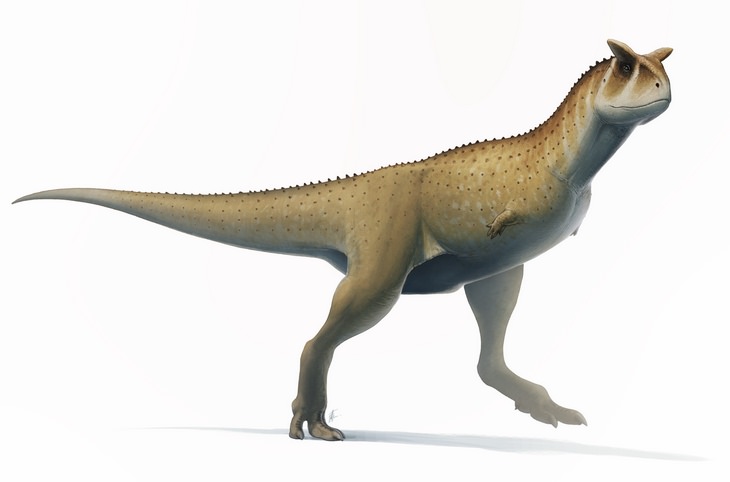 Source: Fred Wierum
Source: Fred Wierum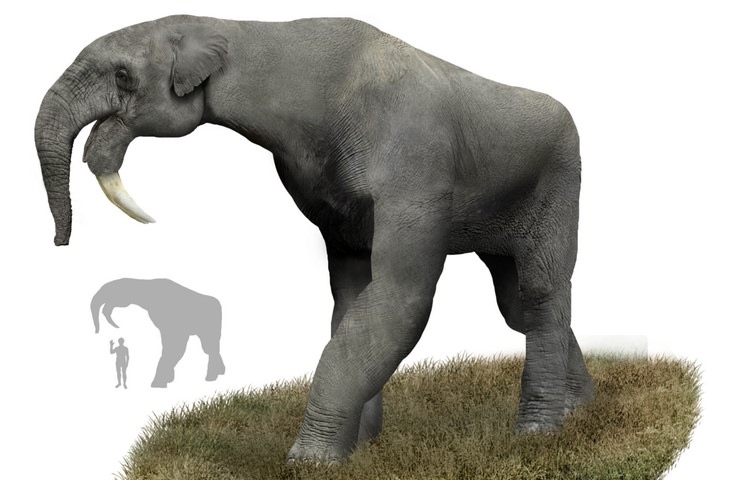 Source: Tim Bertelink
Source: Tim Bertelink Source: DiBgd
Source: DiBgd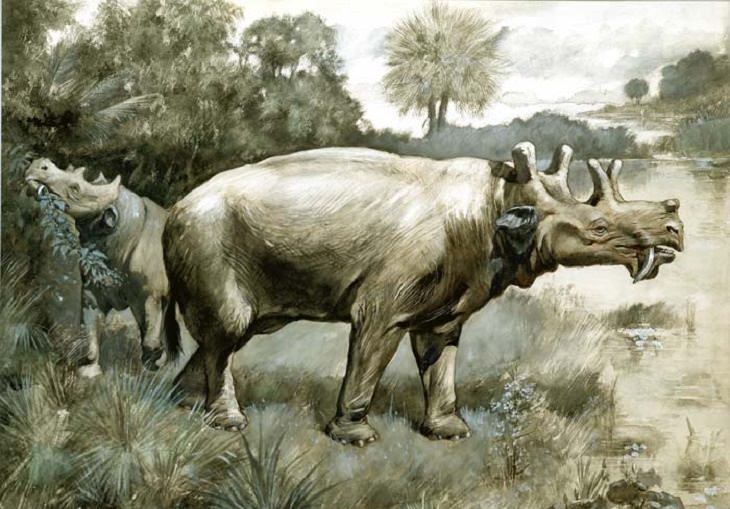
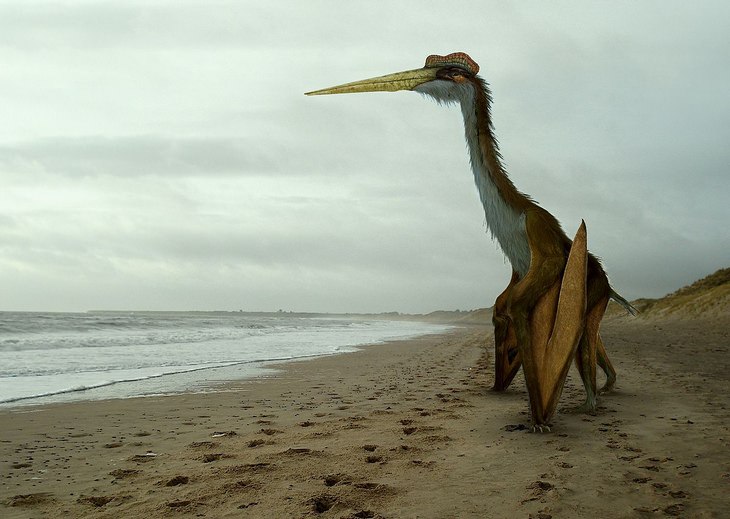 Source: Johnson Mortimer
Source: Johnson Mortimer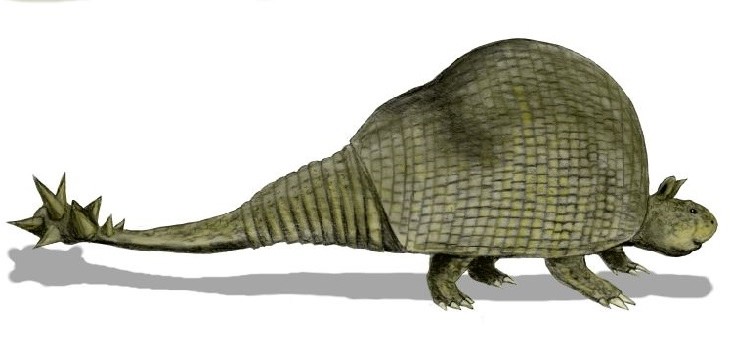 Source: Nobu Tamura
Source: Nobu Tamura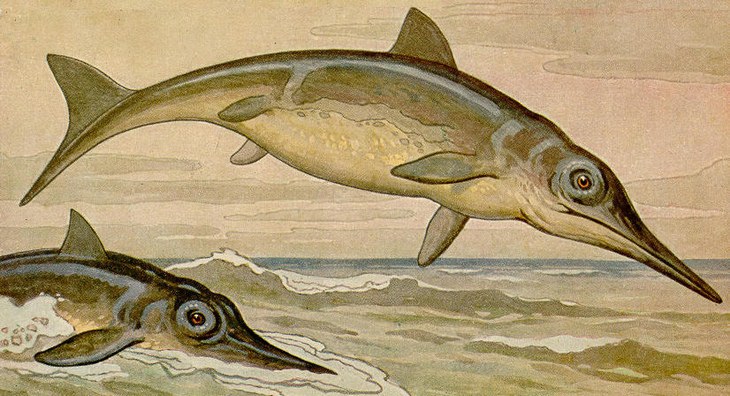

Thailand's 7 Steps to Heaven- Erawan Falls
Today we're visiting Erawan Falls in Thailand and its 7 natural pools.

15 Surprising Things Seen in People’s Gardens
Click here to see 15 of the most surprising gardens and yards you’ll ever see!
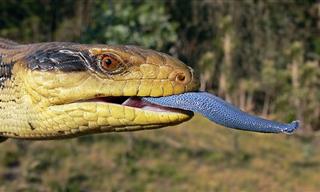
Have You Ever Seen Animals Quite So Strange and Bizarre?
Here are some weirdly fascinating animals that look so strange, you won’t be able to take your eyes off of them!

These Medical Cases Are Too BIZARRE To Believe!
From mushrooms growing in blood to a 4-inch chunk of cement stuck in the heart, these are the most bewildering medical cases of 2021.
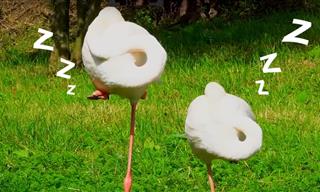 10:20
10:20
Animal Dreams: The Funny Ways Animals Sleep
In this humor-filled video, we're going to explore some animals with fascinating, silly and downright bizarre ways some animals go about the act of sleep.

What Were They Thinking?! Hilariously Crazy Vintage Ads
These old magazine ads are too funny not to laugh at!
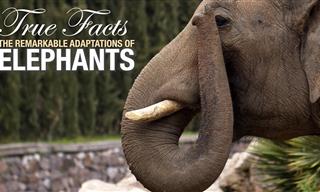 16:05
16:05
Hilarious Nature: True Facts About Elephants!
Come with us as we explore this huge mammal, make some jokes and meet one of the smartest and most fascinating of all animals, the elephant.
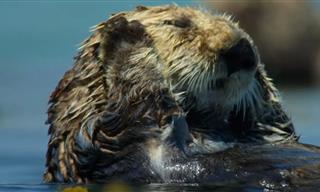
Best of BBC: 7 Animal Videos You HAVE to Watch
Feast your eyes on 7 perfect animal moments, from the cute to the colorful, from the beautiful to the menacing - these BBC videos are gorgeous.
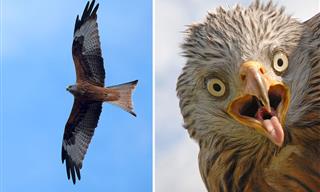
We Have Never Seen Majestic Birds Shot From This Angle!
Nature photographer Ruurd Jelle van der Laij has been documenting birds for years, and over time he caught a few very funny shots of magnificent birds
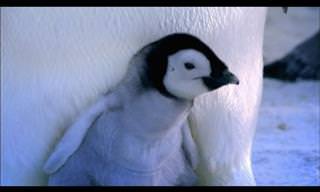 2:32
2:32
Watch Penguin Chicks Hatch in this Beautiful Nature Video
This fascinating video uses hidden cameras to capture the moments when baby penguins emerge from their shells, ready to be shown off by their proud dads.
 5:16
5:16
This Bird is a Legendary Master of Disguise
This bird might be right in front of you, and you'll never know it!

Nature Really Went Overboard While Creating These Animals
This rare collection of pictures shows common animals but with some truly unique features. Check it out!
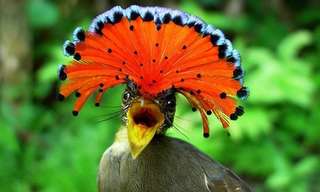
15 Bizarre Animals You Just Don't See Every Day...
There are so many odd species of animals roaming the corners of the Earth. 15 bizarre looking animals I never knew existed on the planet!

These Animal Facts Are Both Adorable and Interesting
Twenty fascinating animal facts that we bet you never knew about!
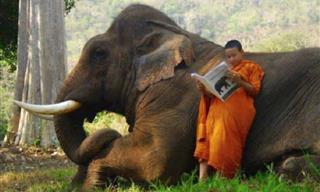
Poignant Photos of People and Nature Colliding Perfectly!
These 20 photographs perfectly encapsulate how truly stunning people and nature can be together, and how beautiful the Earth is!

15 Pictures Depicting the Rare Wonders of Nature
In this article, we display 15 unique photos of various natural phenomena - from rare eye colors to beautiful rock formations, and even albino plants.

These Mother Bears and Their Cubs Make Beautiful Families
The relationship between mother and child is one of the most important in our lives, and these 18 mother bears can teach you some lessons about child rearing.

14 Beautiful Examples of the Cycle of Life
Here is a fascinating look at the life cycle of different living things in the form of beautiful photos.
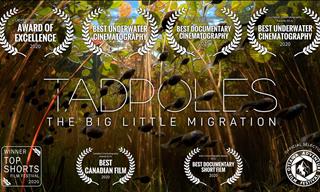 8:42
8:42
Beautiful Nature: The Tadpole Migration
This is the story of one of the greatest migrations, while also being one of the tiniest ones...

These 20 Animal Facts will Blow Your Mind
Did you know that squirrels plant trees or that oysters can change their gender? These little-known animal facts will blow your mind! I was especially impressed with no.6!
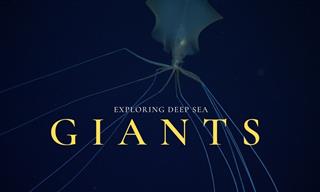 32:49
32:49
Ocean-Big: Why Are Some Deep Sea Creatures So HUGE?
This video explores the unique environmental pressures and evolutionary advantages that lead to the extraordinary sizes of deep-sea dwellers.
 3:27
3:27
Nature in Fast-Forward: 1000 Days of Mushrooms
Showcasing 13 different types of fungi, the video is a mesmerizing journey through the growth and transformation of these incredible organisms.
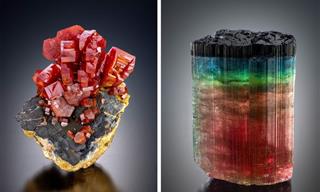
This Photographer Captures Crystals with Indelible Beauty!
Behold 17 gorgeous crystals by the talented photographer László Kupi.

These Captivating Wildlife Photos Have a Story to Tell
Take a look at some of the most moving photos of this year's wildlife photography, and the winning photos are worth all the attention they can get.

From Alabama to Wyoming: 50 States Blessed with Fall Colors
Before the winter months take over, let's enjoy the beauty of fall in 50 U.S. states.

The Japanese Art of Bonsai Makes Miniature Gods of Us!
It has taken a lot of gardening patience for someone to grow these pot sized bonsai beauties, and - boy! - aren't they worth the wait!

Hilarious! Nobody Tells Mother Nature What to Do!
Here are 18 ironic photos that prove that nature doesn't care about what people want!
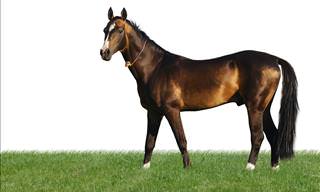
10 Beautiful Horse Breeds Everyone Needs to Know About
We humans owe horses so much thanks to the role they've played in human history. These are probably the 10 most interesting breeds of all.

WOW! How Can These Places Be Real? (18 Pics)
Enjoy this breathtaking collection of pictures of the most beautiful places on our planet.

14 Mistakes Every Pet Owner Makes
If you love your pet, you must recognize the 14 mistakes you may be making that are harmful to its well-being, security, and mental state.

19 Gorgeous Birds You Might Not Have Seen Before
Birds are one of the most varied and beautiful species. These 19 exotic birds are absolutely beautiful!
 12:13
12:13
Nature Lesson: Fun Hummingbird Facts You Never Knew Before
Learn some amazingly true and little-known facts about the insect-sized hummingbirds.
 2:24
2:24
This Stunning Bird of Prey Video Will Leave You in Awe!
Be humbled by the extreme beauty of these birds of prey in their natural environment.

A Royal Beast: Celebrating the Beauty of the Horse
These stunning photos and beautiful quotes about horses made me remember how much I admire them.
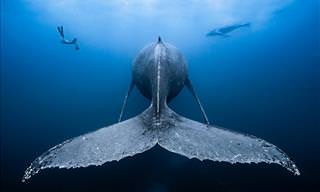
The Amazing Big Blue Captured by Photo Contest Winners
These stunning photos will leave you in awe of the stunning beauty of the deep big blue.
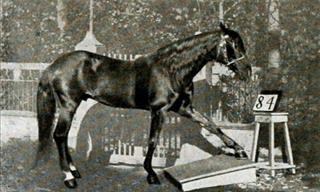
The Astonishing Story of the Horse Who Could Do MATH
One of the most mathematically gifted and famous animals ever known was Clever Hans - a horse who lived in Germany in the early 1900s
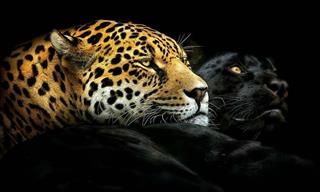
These Intimate Animal Portraits Will Leave You Stunned
Photographer Pedro Jarque Krebs takes intimate close-ups of wild animals. Here are some if his best shots.
 3:17
3:17
Watch These Flowers Bloom in a Celebration of Color
This video brings out the most beautiful aspect of flowers in gorgeous detail and allows us to enjoy one of nature's most beautiful gifts - the blooming of flowers.
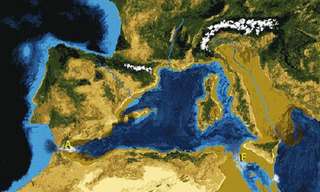
16 Bizarre Facts That Are So Strange They Could Only Be True
Sometimes science is so bizarre it blows the mind. Read These 16 fascinating facts that prove that truth is stranger than fiction.

Brighten Up Your Garden with These 7 Beautiful Flowers
Brighten up your garden by adding some of the best and brightest flowers around!
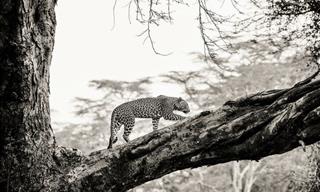
Stunning Wildlife Shots from Kenya's Wilderness
Explore the magic of Kenya's wildlife through the lens of photographer Peter Delaney.

Nature Photography: 15 Stunning Award-Winning Images
Check out the winning nature photos from the International Photo Awards 2022.

Tourists From All Over Flock to See this Beautiful Island
Wouldn't you want to visit this beautiful island, filled with nothing but flowers?

Nature Photos Rarely Get Any Better Than This! (20 Pics)
Check out the breathtaking winners of the GDT Nature Photographer of the Year 2024.

You Will Be Amazed at the United Kingdom's Pure Natural Beauty
The British Isles are ancient lands, filled with history, and also places of sublime natural beauty. Come see these beautiful places close at hand, taken by talented photographers.

10 Fluffiest, Cutest Creatures that Survive in the Desert
Who knew there's cuteness here too? Read about the most brilliant and adorable animals of the desert.
 18:59
18:59
Learning Nature: The Lunatic Biology of the Sunfish
This video delves into the mysteries of sunfish's anatomy, unusual growth patterns, and its peculiar diet


